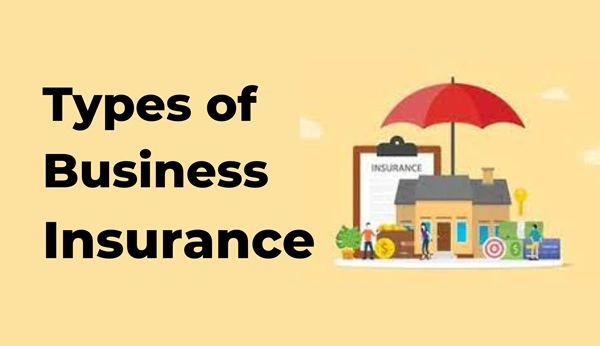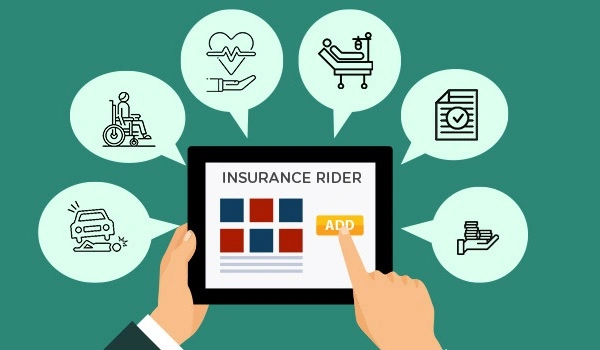When I first started advising a small manufacturing unit in Delhi on risk-management, one of the surprises for the owner was how many different insurances his business really needed—beyond just fire or theft. In today’s India, with changing regulations, rising legal awareness and increasingly complex business operations (online sales, digital data, export-import), protecting your enterprise isn’t optional—it’s smart business. In this article I’ll walk you through five key types of business insurance that are especially relevant for Indian businesses. By the end you’ll better understand which cover your business likely needs, and what to ask your insurer or broker.
Why Business Insurance Matters
Running a business is about growth, opportunity and reward—but also about risk. Unexpected events such as fire, cyber attack, professional liability claim, or interruption to business operations can threaten years of effort. According to one source: “Business risks can include physical asset damage, legal claims, employee risks, cyber and supply-chain disruptions”.
Having the right insurance helps you convert what could be a catastrophic financial hit into a manageable cost. It gives you peace of mind—and as I tell my clients: when you sleep easier, you run the business better.
5 Key Types of Business Insurance in India

Here are five important forms of business insurance, with what they cover, when you need them, and what to watch out for.
1. Property Insurance
What it covers: Your business’s physical assets—building/office/warehouse, machinery, inventory, fixtures—against risks like fire, storm, theft, burglary, natural disasters.
When you need it: If you own or lease premises, operate equipment, hold stock—whether you’re a shop, workshop or factory. For example, if a flood or fire damages your warehouse, you want cover.
Tip: Check what “perils” are included (fire, flood, earthquake, vandalism), and what exclusions apply. Also consider business interruption (see later) as a supplementary cover.
2. Liability Insurance
What it covers: Legal liabilities your business may face for third-party bodily injury, property damage, or professional mistakes. In India this may include general liability (public liability), product liability (for manufacturers/retailers), professional indemnity (for service firms).
When you need it: If your business interacts with customers/clients/public, sells goods, provides services, has employees on premises or on site.
Tip: Understand which liabilities are covered: e.g., product defects, errors & omissions by professionals, directors/officers liabilities. Choose appropriate limits.
3. Business Interruption Insurance
What it covers: Loss of income (or extra expenses) if your business operations are disrupted by a covered event (fire, flood, etc.). It supports continuation of wages, rent, utilities, etc while you recover.
When you need it: If your business relies on consistent revenue stream and even short downtime (factory shutdown, store closure) would cause strain. This is increasingly relevant for Indian SMEs.
Tip: The policy may require your property insurance cover as prerequisite. Ensure your period of indemnity and sum insured for lost profits are properly set.
4. Workers’ Compensation / Employee-Benefit Insurance
What it covers: In India, if you have employees, you have risks of workplace injury, disability or death. This cover helps you meet legal obligations (eg. under Workmen’s Compensation Act) and protect employees.
When you need it: If you have employees working on-site (factories, workshops, construction, logistics) or even in offices (accidents do happen).
Tip: Apart from basic compensation cover, consider offering group health/accident policies for employees—strong employee welfare is good for retention and brand.
5. Cyber & Professional-Liability Insurance
What it covers: Given the rise of digital business operations, service-firms, online data, one major risk is cyber breaches, data theft, ransomware, or professional errors (consulting faults, IT service failures). This insurance helps cover legal costs, recovery costs, regulatory penalties and reputational damage.
When you need it: If your business uses digital platforms, handles customer data, provides services or advice, is exposed to online risks. In India’s emerging digital economy this is increasingly vital.
Tip: Cyber insurance is complex: ensure you understand what triggers cover (data breach, hack, system failure), what is excluded (acts of war, known vulnerabilities), and your cyber-risk hygiene. For professional services also check professional indemnity limits.
My Personal View & Advice
From working with Indian small businesses, I’ve noticed that many start with just one insurance policy (often property or basic liability) and only later face an event that exposed them to uncovered risk—and regret missing out. I always advise: Think ahead. A fire, a cyber-attack, a client lawsuit—even a short shutdown—can unravel a business.
One entrepreneur I worked with had a stock-intensive business in Mumbai. He had property cover for fire, but when heavy monsoon flooding hit, his claim was refused because flood was excluded. He ended up absorbing large losses. The lesson: check perils and exclusions.
Another small IT firm assumed their general liability would cover client advice mistakes; when a client sued for delayed delivery and loss, their general policy didn’t cover professional errors—leading to stress. So we added professional indemnity and cyber cover.
How to Choose the Right Mix for Your Business
Here’s a practical checklist to help you select the right types of insurance:
- Understand your risks: What are your biggest exposures? Physical assets, third-party claims, employee injury, cyber risk, business interruptions?
- Match cover to business type: A retail shop may focus on property, liability, business interruption. An IT services firm may need professional liability + cyber. A factory may need property + workers’ compensation + business interruption.
- Assess the cost vs benefit: Premiums should be weighed against potential loss. Often a higher premium for broader cover is worth it.
- Check the policy details: Sum insured, perils included/excluded, indemnity period, limits, deductibles.
- Review annually: As your business grows or changes (new digital operations, exports, more employees), your risk profile changes—so should your insurance mix.
- Use credible insurers or brokers: Ensure they understand Indian regulatory context, claim servicing is good, and you’re not over-insured or under-insured.
Conclusion
In India’s evolving business ecosystem, where uncertainties—from natural disasters to cyber threats—are real, insurance isn’t just another cost—it’s a strategic investment in your business’s resilience. By understanding the five key types of business insurance—property, liability, business interruption, employee benefit/workers’ compensation, and cyber/professional liability—you can build a protection plan that safeguards your business, your people and your growth.
Next time you talk to an insurance advisor or evaluate policies, you’ll walk in with clarity: “Do I need property cover? What about business interruption? Are my digital operations covered? Do I have proper employee injury protection?” That clarity will help you make smarter decisions—and sleep better at night.




